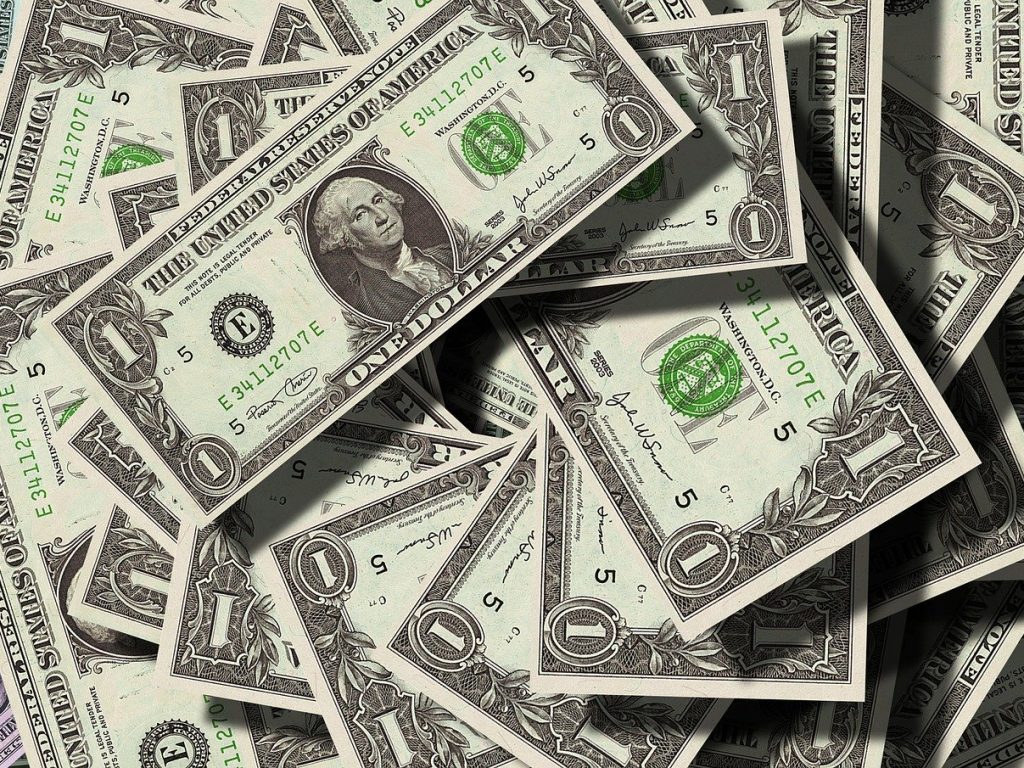Has COVID-19 helped to nail the coffin on cash? Various reports have cited the need for businesses that accept payments to focus more on cashless options because of the pandemic.
No one today questions that e-commerce has made strides as stores have closed and consumers are anxious to avoid interacting with store personnel.
However, data from the Federal Reserve indicates consumers have a lot of cash on their hands as a result of the pandemic. And what they plan to do with it is more than a million-dollar question.
David Lott, payment risk expert for the Federal Reserve Bank of Atlanta, reviewed cash usage data during a webinar last week sponsored by the National ATM Council Inc. The Federal Reserve surveys consumers regularly on cash use.
“In the early days of COVID there was so much uncertainty around COVID in terms of what its impact on the economy was going to be,” he said.
Pandemic reduced cash payments
Lott acknowledged that cash spending has been on the decline since 2009 and took a dive during the COVID-19 pandemic.
“Cash, particularly over the past two years, has made a major decrease,” he said. Cash as a percentage of the average consumer’s total payments declined from 40% in 2009 to 30% in 2019.
“We know there has been a very strong shift to online and even phone e-commerce transactions,” he said in comparing consumer spending habits pre- and post-pandemic. “Where we saw the real switching…would be in those cash heavy retailers,” he said, referring largely to the increase in cashless spending at restaurants and supermarkets.
Consumer cash holdings have grown
The pandemic, however, has put a lot of cash in people’s pockets, which could stimulate purchases of low-ticket items often found in vending machines.
“The amount of U.S. currency in circulation just skyrocketed with the COVID shutdown in March,” Lott said, and in October, U.S. currency totaled $2 trillion.
According to pre- and post-pandemic consumer surveys by the Fed, consumers were holding more cash post-pandemic. In October 2019, 43% had less than $25 in cash compared to 34% who had this amount in the spring of 2020; the number holding more than $100 in cash rose from about one third to nearly on half in April/May 2020.
The reason for the increase was that the first round of COVID stimulus payments hit in April. “Some people spent that money on necessities; other people were putting it away to be used for later events,” he said.
Another reason for the increase in cash holding was there were fewer places consumers could spend it following COVID.
Consumers still using cash
Consumers are not reluctant to spend the cash they have accumulated, Lott said. From October 2019 to April/May 2020, 60% of survey respondents used cash once when paying in person.
“They’re not avoiding cash in paying in person,” he said. “They haven’t been scared off by some of the sensational headlines (about how unsanitary cash is) that have come up from time to time.”
While about 40% of consumers indicated a retailer tried to steer them to using a card-based payment, only 7% said a merchant has refused to accept cash.
While contactless payments have increased during the pandemic, the survey found only 3% of respondents have used tap-to-pay cards when paying in person and only 2-3% have used mobile payment when paying in person.
Isn’t cash ‘dirty’?
And while many view cash as a “dirty” medium, Lott said the virus does not stay active on cash as long as it does on many other surfaces.
Neither the Federal Reserve nor the Treasury Department has made a formal statement about the safety of cash, he said.
“From a Federal Reserve standpoint, we are handling (cash) in each of our cash servicing operations,” he said. “The Federal Reserve has not taken any additional procedures with regard to the handling of cash than it had for any other operations that were in the building.”
And while there are new hygiene protocols for sanitizing and social distancing in the work environment, he said, “we’re not quarantining the money for any period of time.”
Coin shortage corrects itself
As for the coin shortage, which made headlines this past summer, the issue has simmered, Lott said. While coin shortages still exist in some regions, he said it is because of a circulation issue and not a production one.
Consumer coin deposits are down “substantially,” he said. “We’re not having that injection of coinage into that circulation process.”
Coin production became an issue in the early days of COVID due to some employee infections at the U.S. Mint, he said, but production has since recovered to normal levels.
“They’ve worked overtime to actually produce more coinage,” he said.
To address the coin shortage, the Federal Reserve in June implemented an allocation so banks would not run out of certain coin denominations. “That allocation method has been eased up substantially five times since that time frame,” he said.
There have been some geographical “hot spots” where banks have not been able to meet customer needs, he said. “Hopefully that’s going to be corrected in the next month or two,” he said.
What will be the long-term impact of COVID on consumer habits? Will habits revert back to what they were once COVID subsides?
For transactions under $10, cash is used more than 60% of the time; will this continue?
Lott did not have answers to these questions.
“We are going to continue to monitor consumer payment activity,” he said, noting the Federal Reserve hopes to have some new findings before the end of the year.
Source
Categories: ATMs







